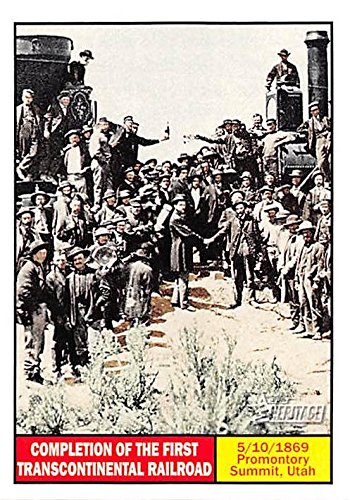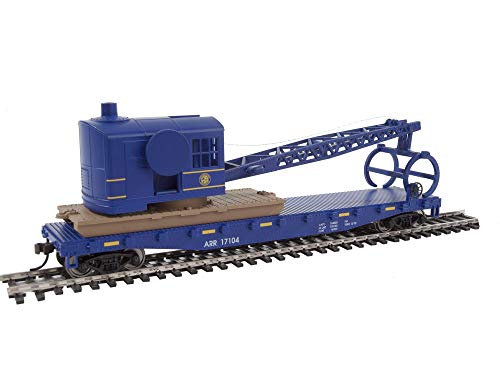Rail Passengers Association President/CEO Jim Mathews spent much of the past week trying to hunt down some real background on the ADIRONDACK suspension drama. We talked about this as well and I am pleased to share what I think is an informed view of what is really happening.
It does not offer a quick solution, but I think it clarifies much that until now was simply speculation and fairly allocates blame to all the major participants--as well as making clear there will be a fsr-better line when the work projects are finished in (we hope/pray) early September. Here is Jim's report.
***********************************************
What’s Happening With The Adirondack?
By Jim Mathews / President & CEO
When it comes to Amtrak’s Adirondack between NY and Montreal, everybody is angry.
Passengers are angry because, just like last year, service through this tourism-heavy area had to be abruptly suspended and will stay that way through yet another busy summer season.
Rep. Elise Stefanik (R-NY21), whose district includes New York’s North Country and who just happens to be the number-three Republican in the U.S. House, is angry because she has had to push Amtrak and host railroad Canadian National (CN) multiple times to get this done for her traveling constituents – and for the North Country businesses which count on summer-season dollars.
CN is angry because it got a public-relations black eye out of all this as it waited for Amtrak to agree to pay for the upgrades that passenger service requires on that territory; from CN’s point of view, the sluggish service was just fine for its freight operations (though shippers might well beg to differ).
And Amtrak is angry because they’ve had to break faith with passengers – again – for host-related reasons beyond their control, and when the political heat began to rise along with the summer temperatures, CN chose to blame Amtrak without acknowledging their own role in the delay.
CN’s position appears to be along the lines of, “so what’s the big deal about 10 miles per hour?”
“CN’s Rouse Point Subdivision, which hosts Amtrak’s Adirondack service, is open for freight and passenger rail operations and will remain open all summer and fall while undergoing maintenance. CN continues to operate three to five freight trains daily over this line, and did so as recently as yesterday,” CN told a Plattsburgh, NY, television station on June 6. “Amtrak unilaterally decided to suspend its passenger service between Saratoga Springs and Montreal between May 20 and September 9 without consultation with CN.”
Amtrak’s official position is that it is working with CN to get the upgrades finished by September 8 and that it is “anxious to restore service on the northern section of our Adirondack service to Montreal. Track conditions and current heat restrictions that Canadian National (CN), owner of the route, has in place on this route limit Amtrak trains within Canada to 10 mph for up to 40 miles.”
And privately, Amtrak is trying hard to live more peacefully with its host railroads and wants to avoid public criticism of CN.
But Rail Passengers has learned that after Amtrak agreed with CN to pay to do the work, it appears CN dragged its feet on putting the pieces in place to begin the upgrade and that, far from there being “no consultation,” Amtrak came up with multiple options to avoid problems that would arise from profound delays such as hours-of-service concerns.
As an Amtrak official told me: “We explored different solutions with CN but didn’t find a feasible solution to avoid our customers experiencing significant delays of up to four hours or even potentially being stranded mid-trip while CN performs track upgrades.”
CN did recently take a positive step, reshuffling schedules to focus the maintenance-of-way crews’ efforts on the stretch north from New York.
Lost in all this is the role of New York State’s Dept. of Transportation, which is Amtrak’s official “customer” for the Adirondack because it’s a state-supported service. Nobody has yet adequately answered why DOT wouldn’t pay for a bus bridge during this year’s full-season suspension. NYDOT helpfully defers all rail questions to Amtrak, which of course can’t speak for NYDOT.
Amtrak tells me that they are in talks with Greyhound, which runs a service northbound along the route, to adjust the bus schedule by a few minutes in Saratoga Springs, NY, to make it easier for displaced Amtrak passengers to finish their journey. But that’s not yet a finished agreement.
There is actually some good news in all this, however. It seems that by mid-September real track upgrades, with welded track, near Rouses Point, N.Y., will be finished so that Amtrak’s Adirondack trains between NY and Montreal won’t have to spend every summer crawling through heat-restricted territory...or worse yet, be suspended altogether. And it can never hurt to see your member of Congress fighting for passenger trains, even if the reason for the fight is dismaying.























































